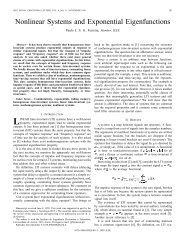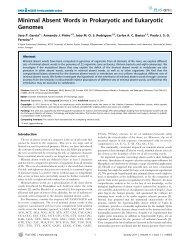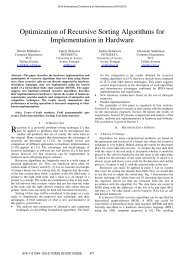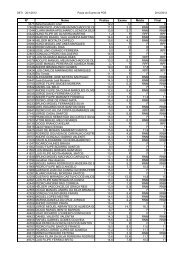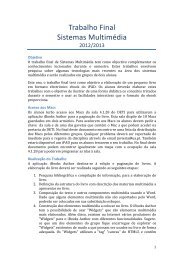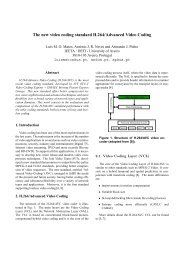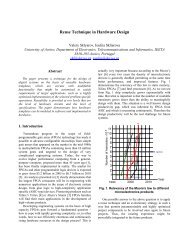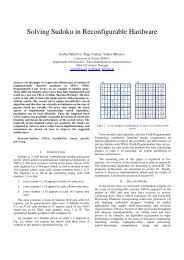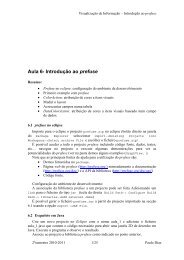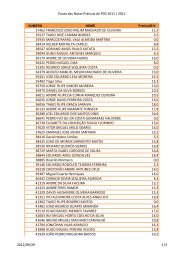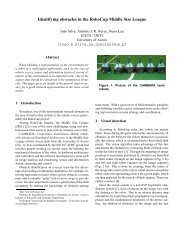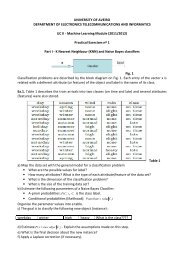DATA SHEET - IEETA
DATA SHEET - IEETA
DATA SHEET - IEETA
You also want an ePaper? Increase the reach of your titles
YUMPU automatically turns print PDFs into web optimized ePapers that Google loves.
Philips Semiconductors Product specification<br />
8-bit microcontroller with on-chip CAN P8xC592<br />
22.2.4 CONNECTION TO AN OPTICAL BUS LINE<br />
Using an optical medium provides the following<br />
advantages:<br />
• Bus nodes are galvanically decoupled.<br />
• Optical cable features very high noise immunity.<br />
• No noise emission by the bus cable.<br />
An example for an interface to an optical connector is<br />
given in Fig.40. In most cases a transistor is required to<br />
amplify the TX-output current.<br />
handbook, full pagewidth<br />
OUTPUT CONTROL REGISTER<br />
00011110B (1EH)<br />
or 00010110B (16H)<br />
T1<br />
BS170<br />
R1<br />
56 Ω<br />
1996 Jun 27 97<br />
5 V<br />
R2<br />
3.9 kΩ<br />
5 V<br />
OPTICAL<br />
CONNECTOR<br />
HBFR - 0501<br />
SERIES<br />
P8xC592<br />
CTX0 CTX1 CRX0 CRX1<br />
Thus more optical power is provided to compensate for<br />
losses in the optical connectors and the optical star. The<br />
P8xC592 features an on-chip 1 ⁄2AVDD reference voltage<br />
output so only a capacitor is required for the receiver part.<br />
Two optical fibres are used to connect the bus nodes. The<br />
TX-fibre transfers the output signal of the CAN-controller<br />
to the optical star. The optical star transfers the TX-fibre<br />
input signal over to all the RX-fibres. The RX-fibres<br />
transfer the resulting optical signal over to the receivers of<br />
all the bus nodes.<br />
optical<br />
cable<br />
PASSIVE OPTICAL STAR<br />
Fig.40 Optical Transceiver.<br />
C2<br />
100 nF<br />
REFOUT<br />
MGA189<br />
C1<br />
10 nF



